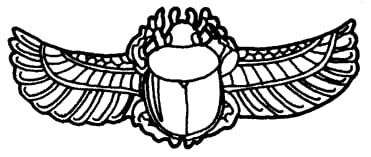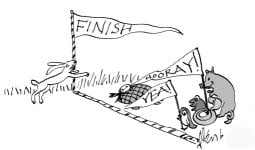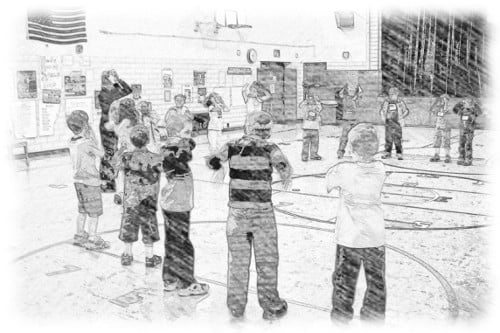The Sacred Scarab Lesson – Review & Assess
The Sacred Scarab Lesson: Review & Assess Overview: the students review how all the tools and skills they learned fit together to create a drama. Objectives: students demonstrate memorization skills; demonstrate interpersonal and collaborative skills; define story elements. Reviewing skills previously learned are at the heart of this summative lesson: acting out a story with human characters, … Read more







